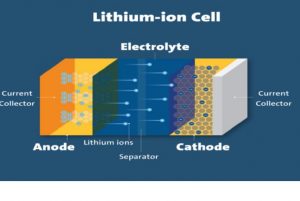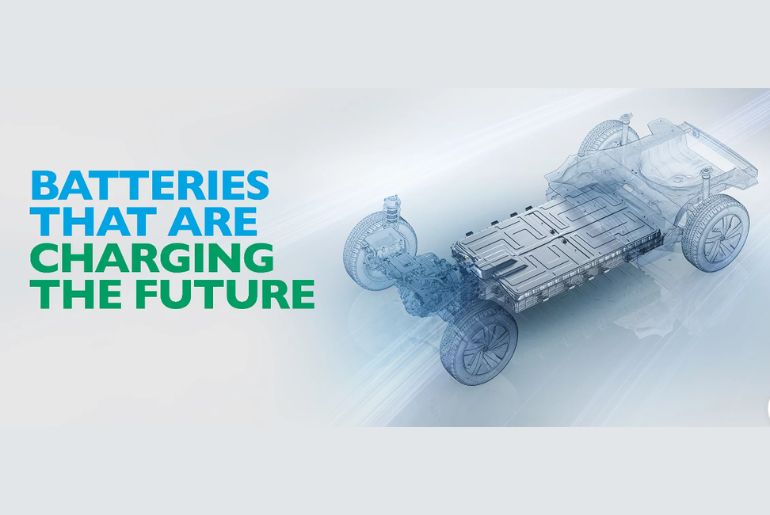Take a deep dive into EV batteries to discover the inner workings of electric vehicles. We’ll explore the science underlying liquid-ion and solid-state energy sources. Prepare to increase your understanding of how various batteries power the electric future!
How do they run?
Consider operating a vehicle that is powered by electricity rather than gasoline. a vehicle that uses less fuel and produces no pollutants. A sophisticated automobile that is smooth and quiet. Electric vehicles (EVs) provide that.
However, not all EVs are created equal. They store and deliver electricity using several types of batteries. The benefits and drawbacks of each battery vary based on how you use your vehicle.
There’s more than one type? Yes.
Lithium-ion batteries
 Because of their high energy density—which allows them to store more energy per unit mass than other batteries—these are the most popular kind of EV batteries. Electric vehicles often employ one of two types of lithium ion batteries: NMC (Nickel Manganese Cobalt) or LFP (Lithium Ferrous Phosphate).
Because of their high energy density—which allows them to store more energy per unit mass than other batteries—these are the most popular kind of EV batteries. Electric vehicles often employ one of two types of lithium ion batteries: NMC (Nickel Manganese Cobalt) or LFP (Lithium Ferrous Phosphate).
Did you know?
LFP batteries are a safer option for EV batteries because of their superior thermal stability and safety, which make them more tolerant of high temperatures.
Types of batteries used in an electric vehicle
Listed below are only a few of the several battery types that are used in automobiles for a variety of purposes.
| Types of EV Battery | Benefits | Drawbacks |
| Lithium-ion | High power-to-weight ratio, high energy density, effective, long-lasting, and secure | Costly, temperature-sensitive, and requires careful handling |
| Nickel-metal hydride | More affordable, dependable, long-lasting, and more lifecycles than lithium-ion | Lower energy density, lower power-to-weight ratio, heavier, bulkier, memory effect |
| Lead-acid | Inexpensive and simple to recycle | Low energy density, low power-to-weight ratio,less durable, less efficient, and less secure |
| Sodium-ion Batteries | Less expensive than lithium-ion batteries | Low energy density and power-to-weight ratio, still in the development phase, can be used for low range electric vehicles |
Conclusion
The future of EV batteries is looking bright! With advancements in technology, electric vehicles are becoming more efficient, sustainable, and powerful. The heart of this revolution is battery technology, which has come a long way since its inception.
Overall, the future of EV batteries is electrifying, and we can expect even more exciting developments in the years to come!

